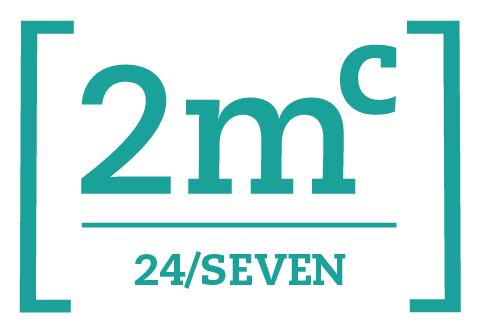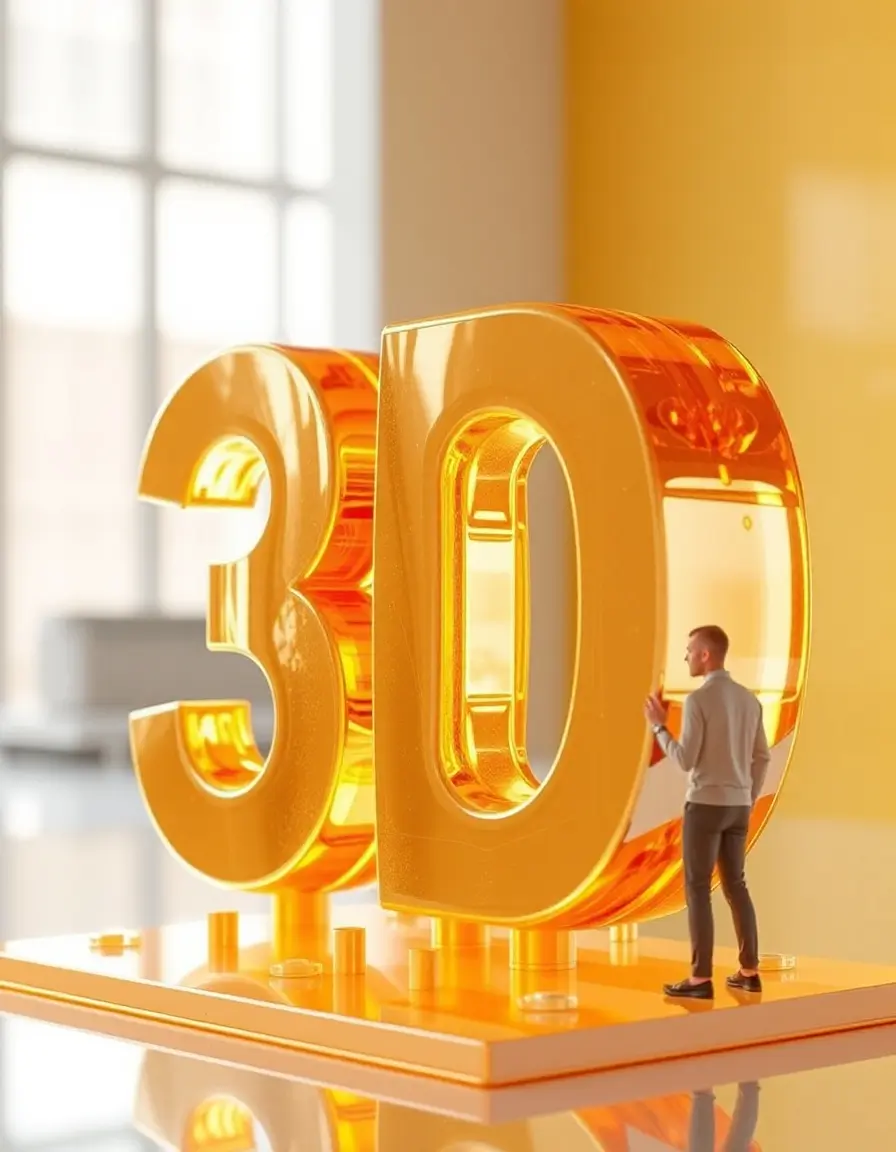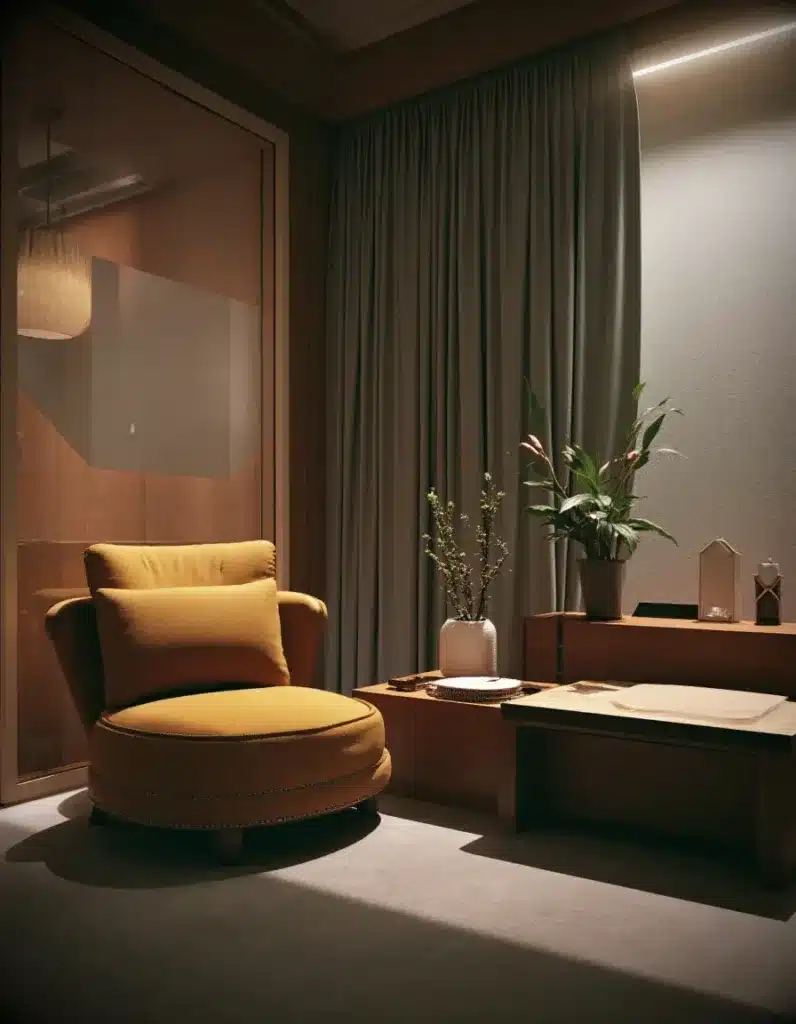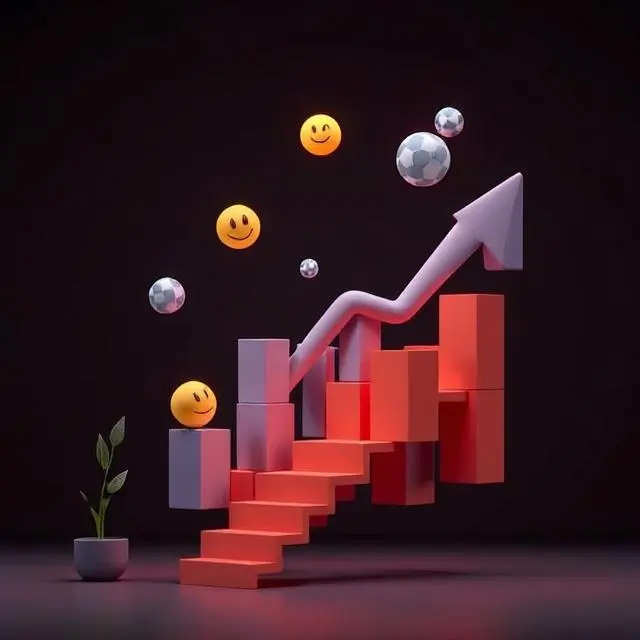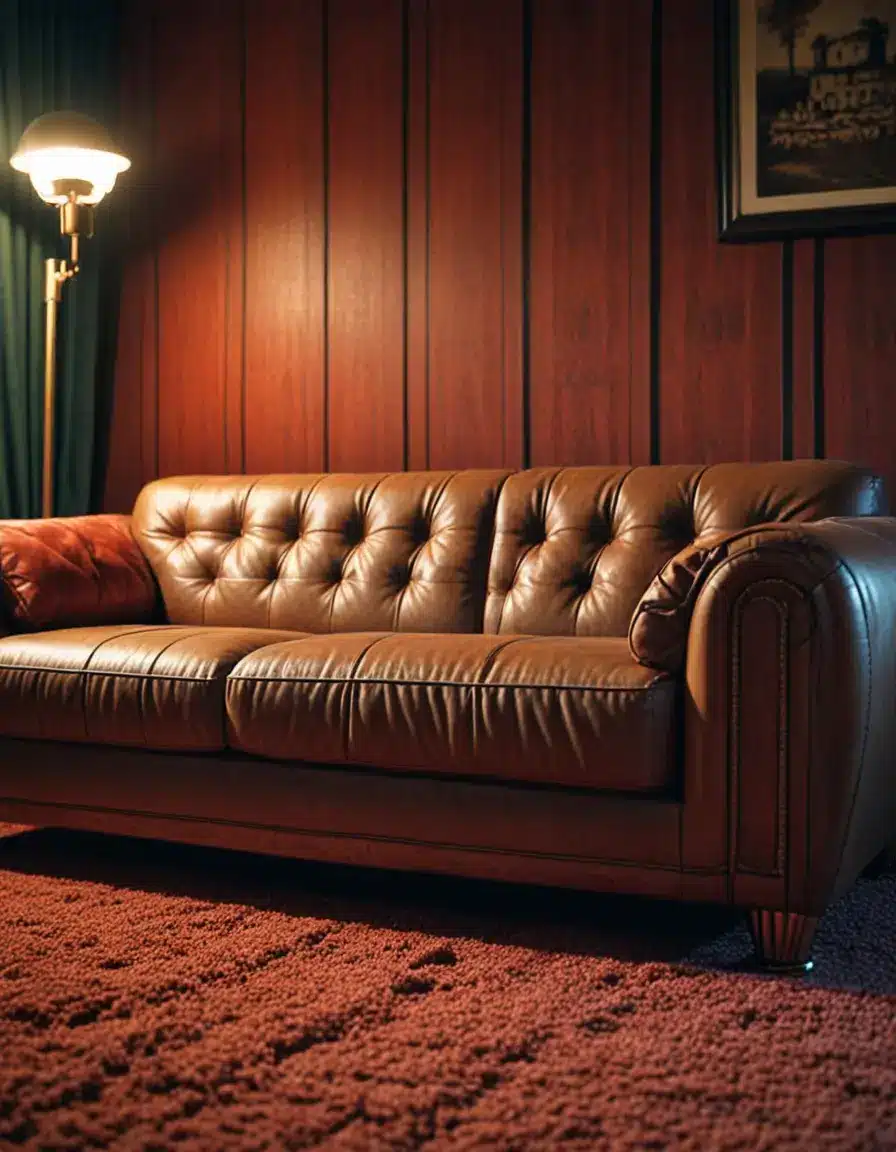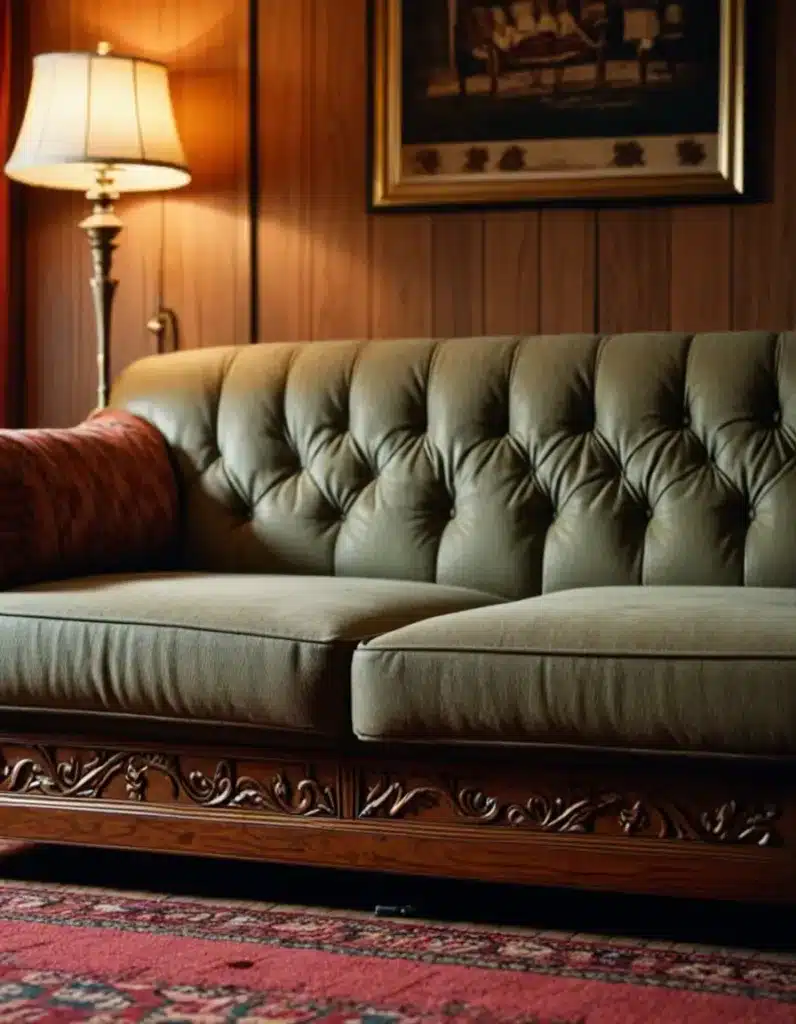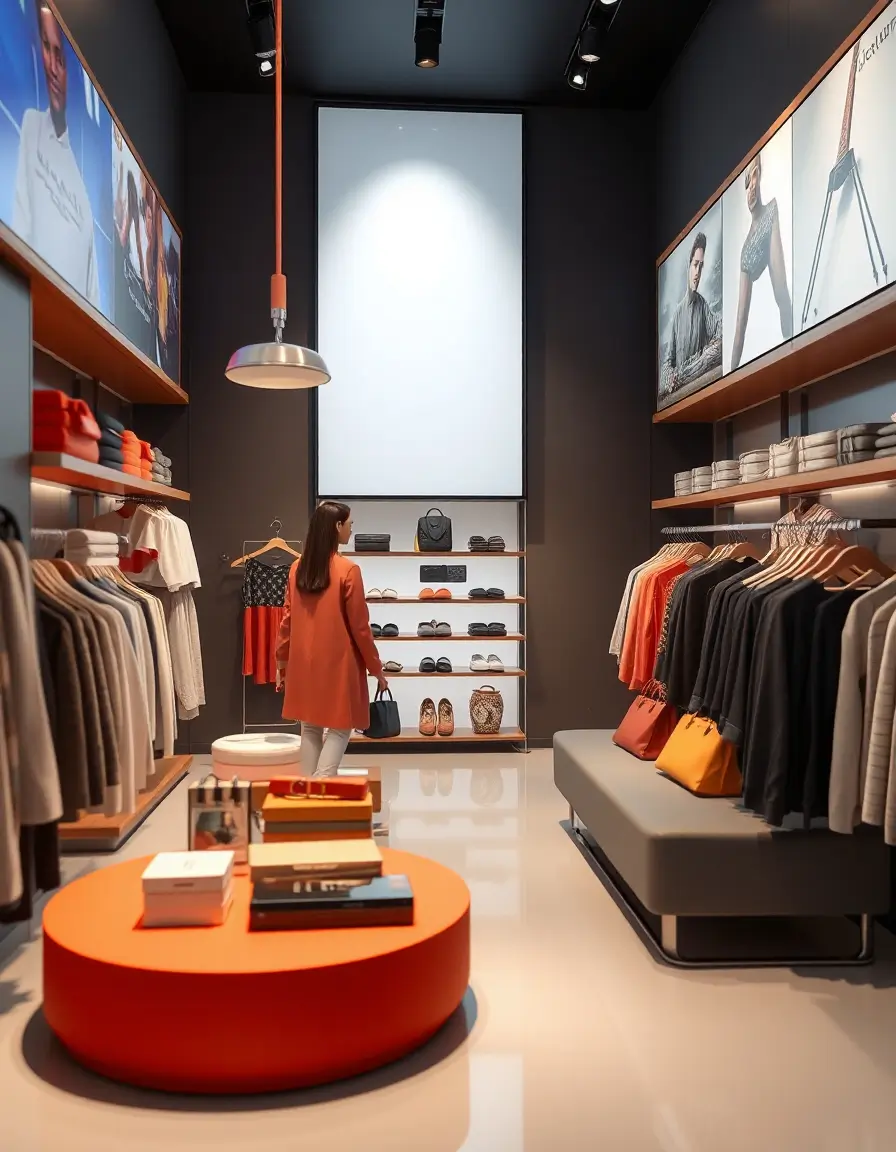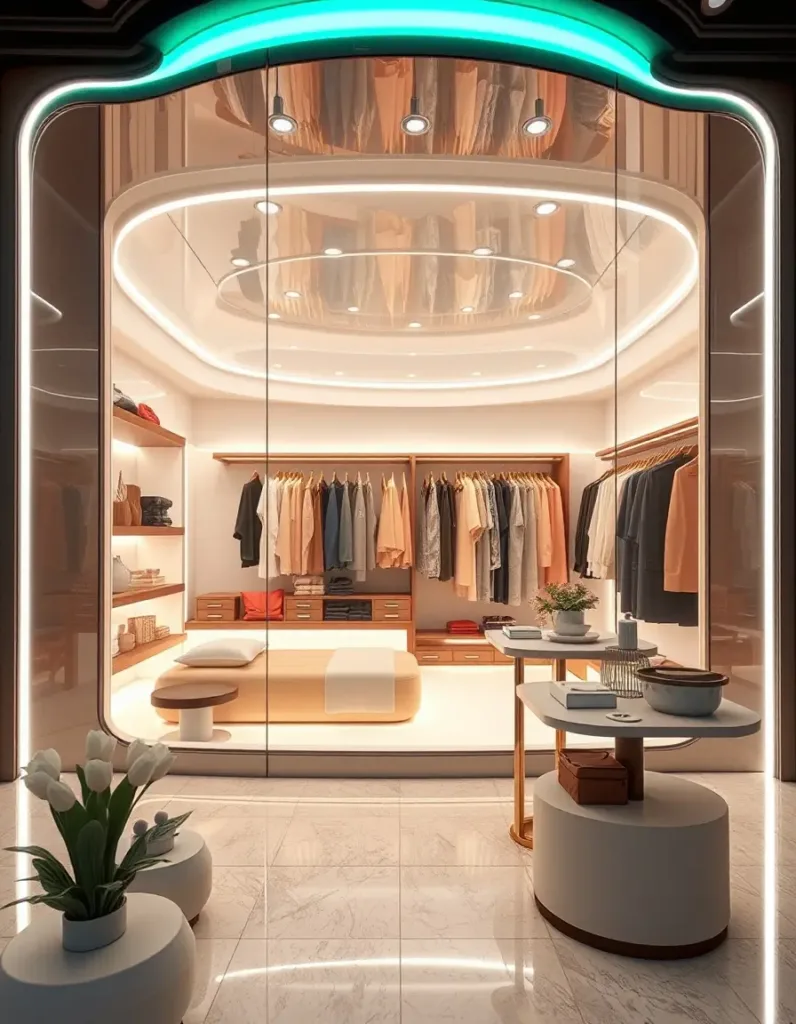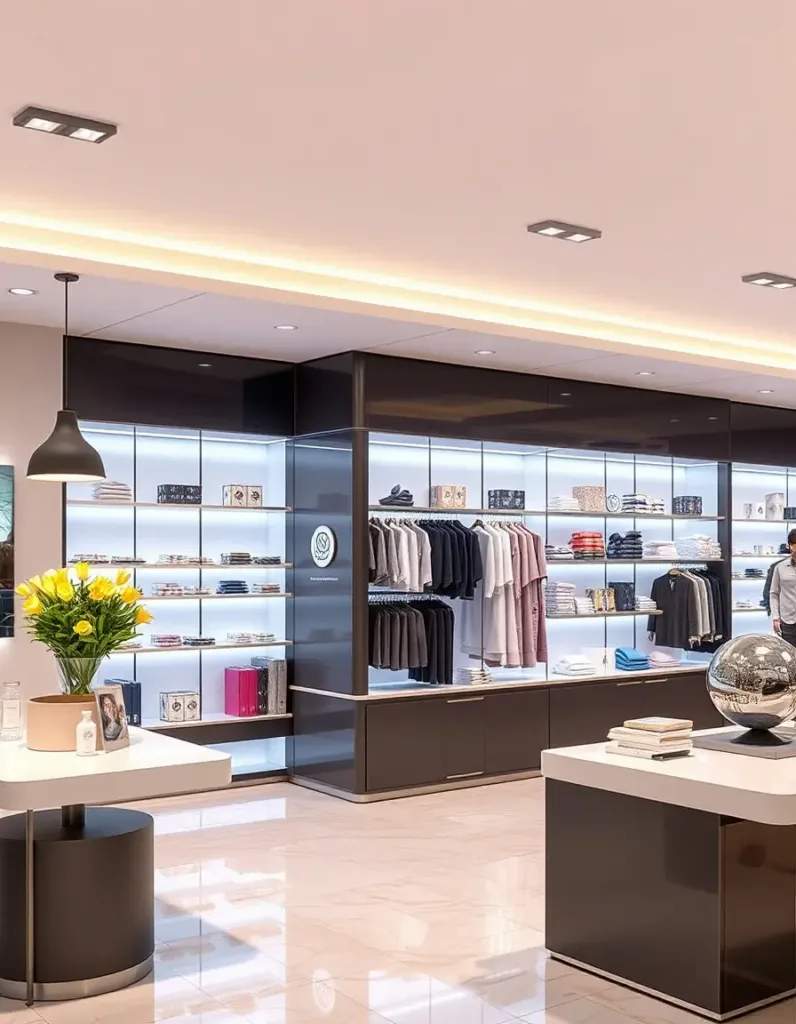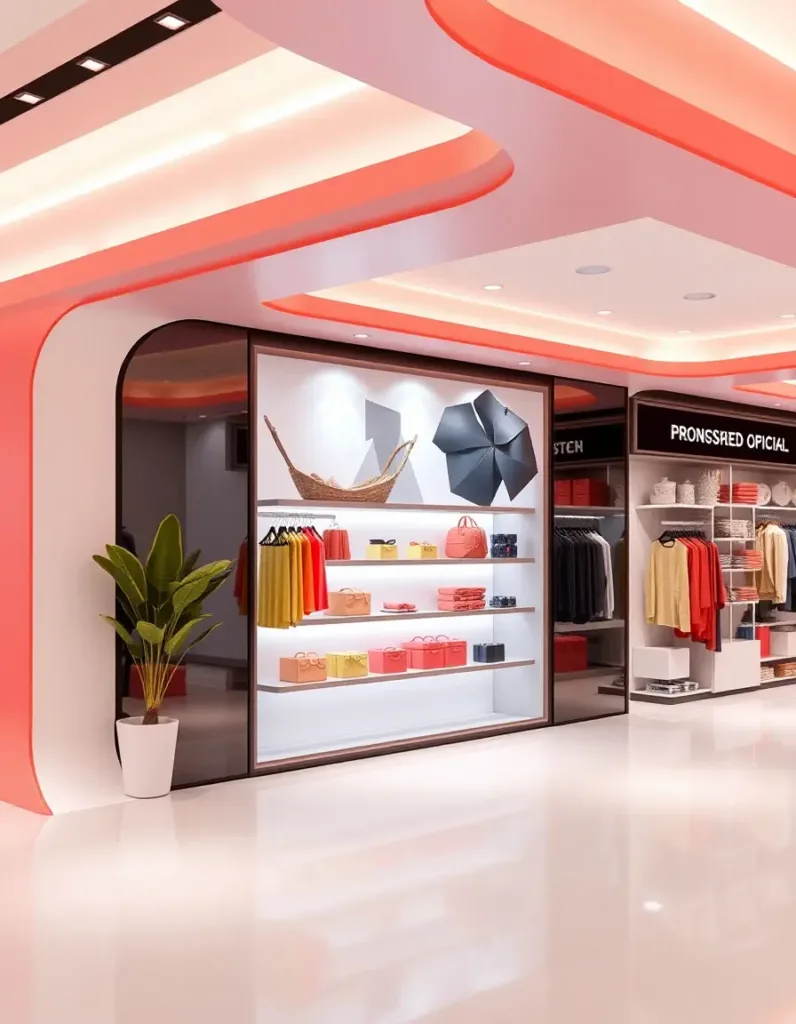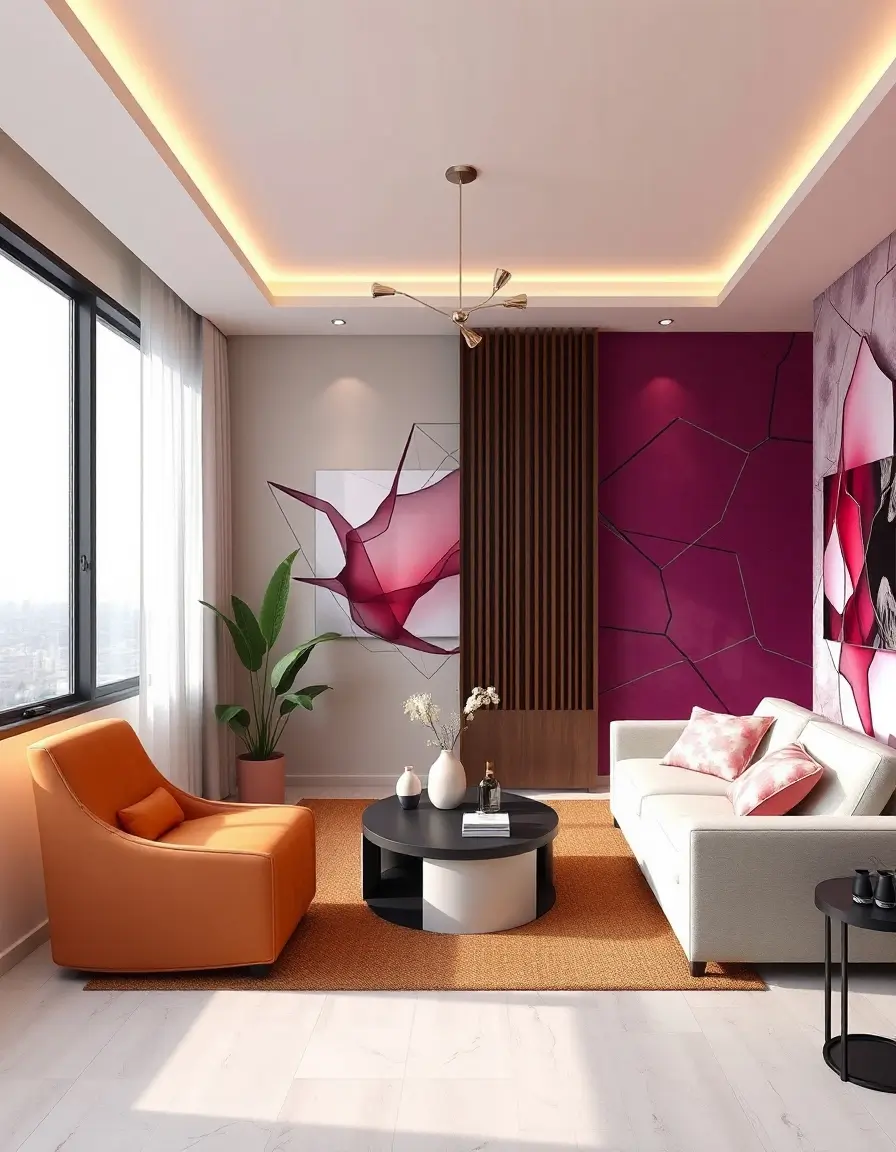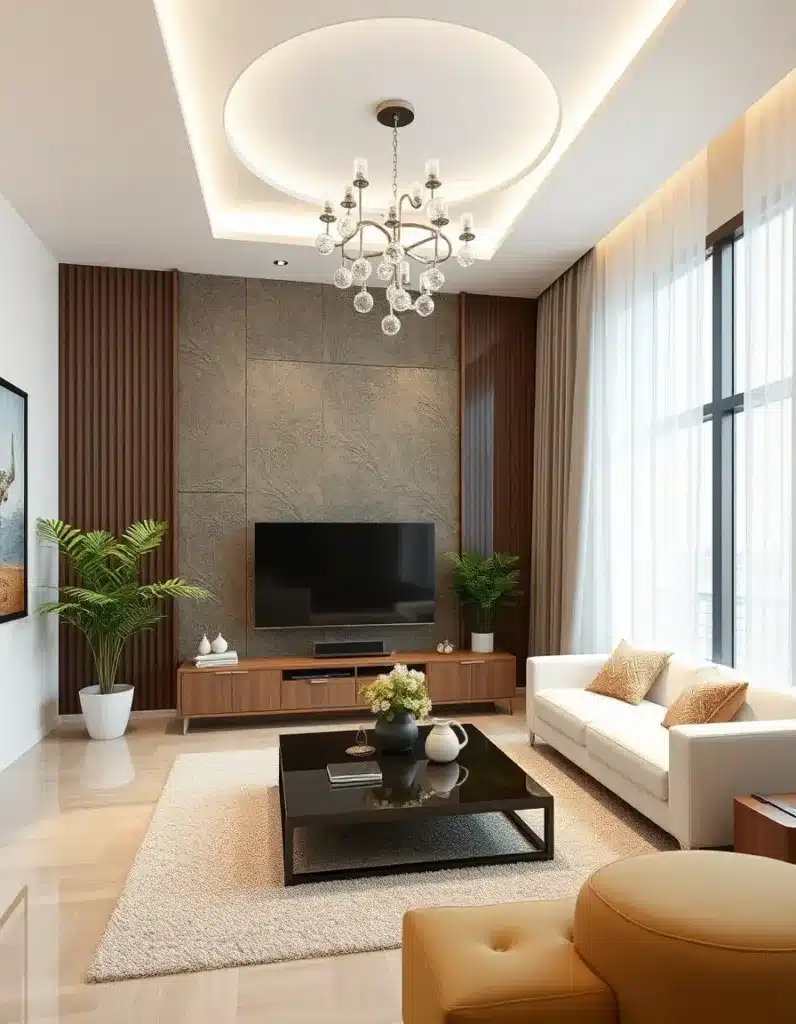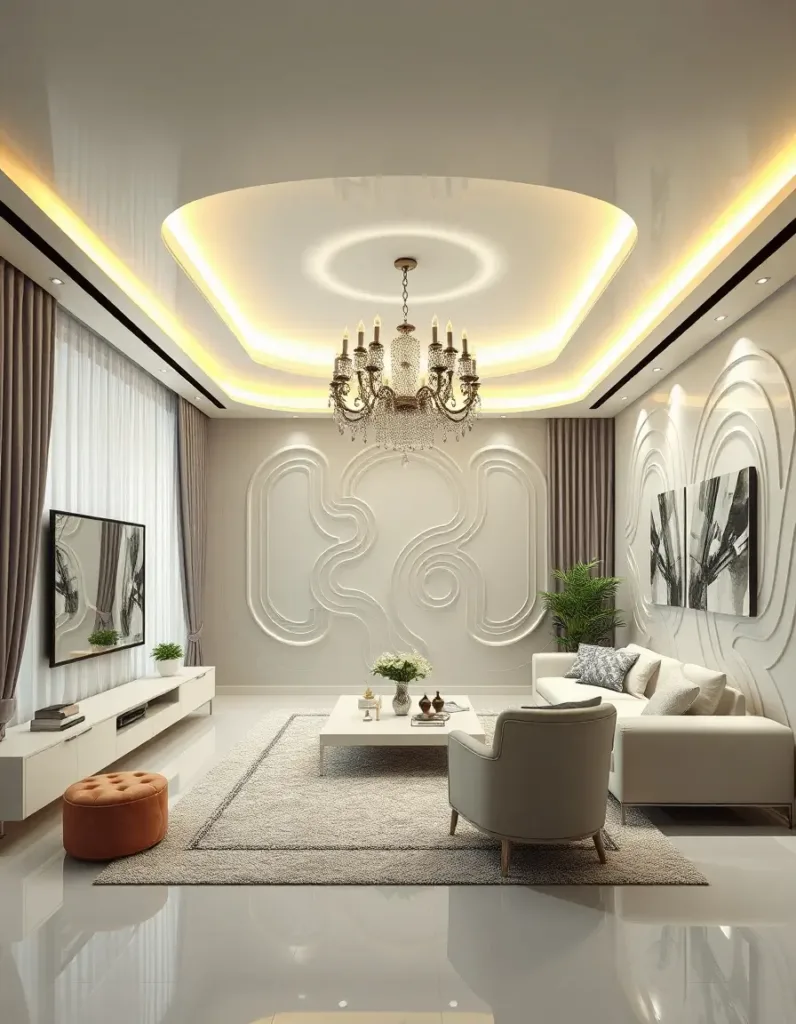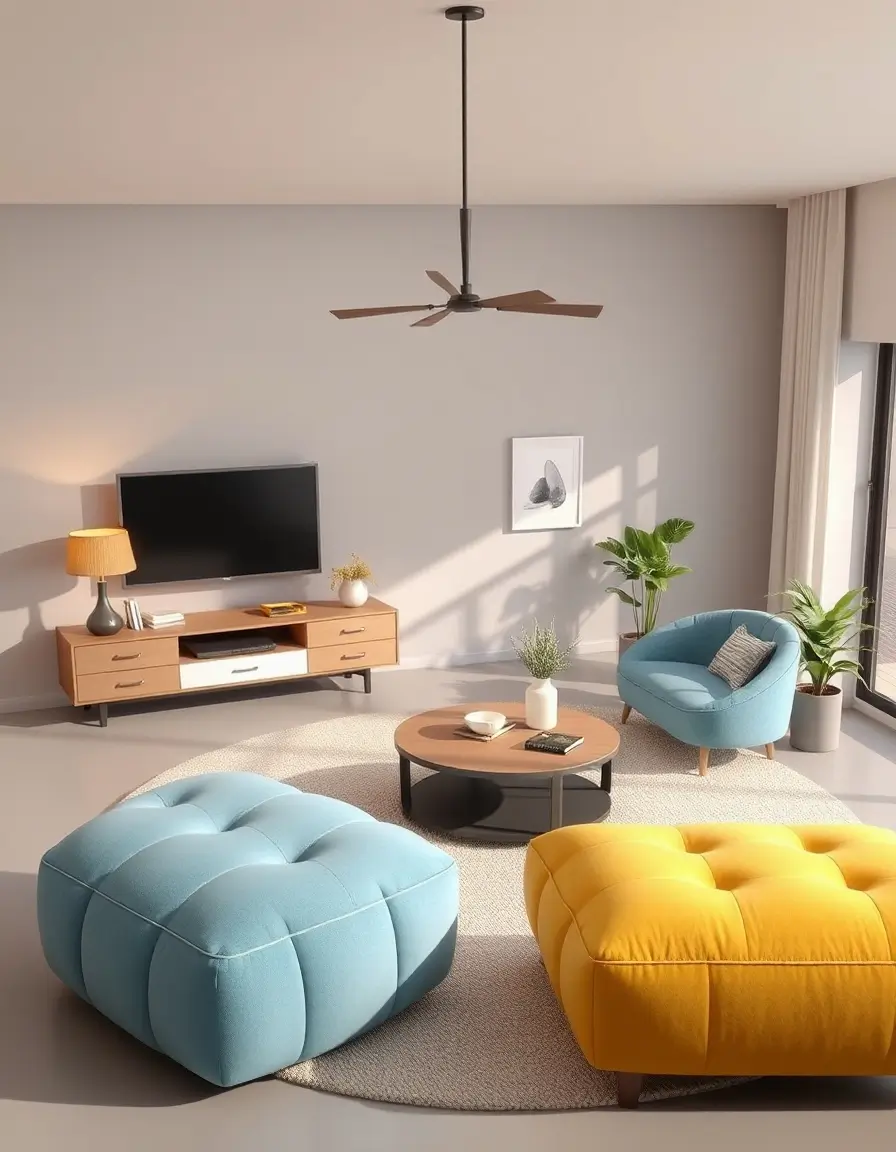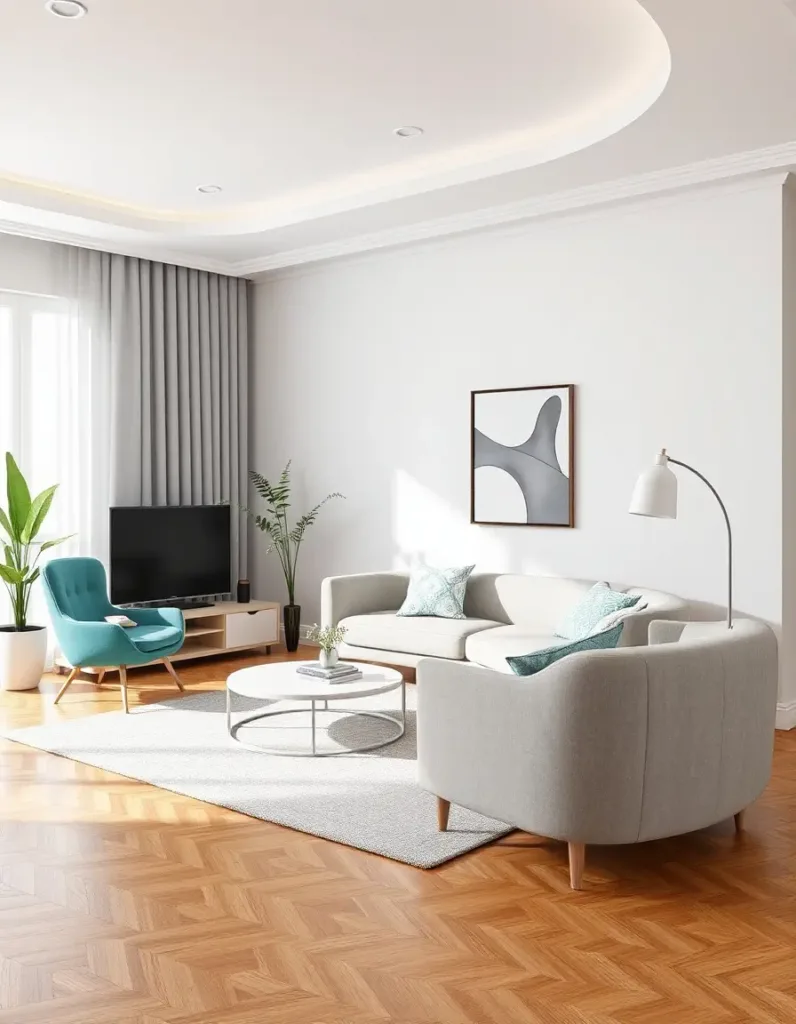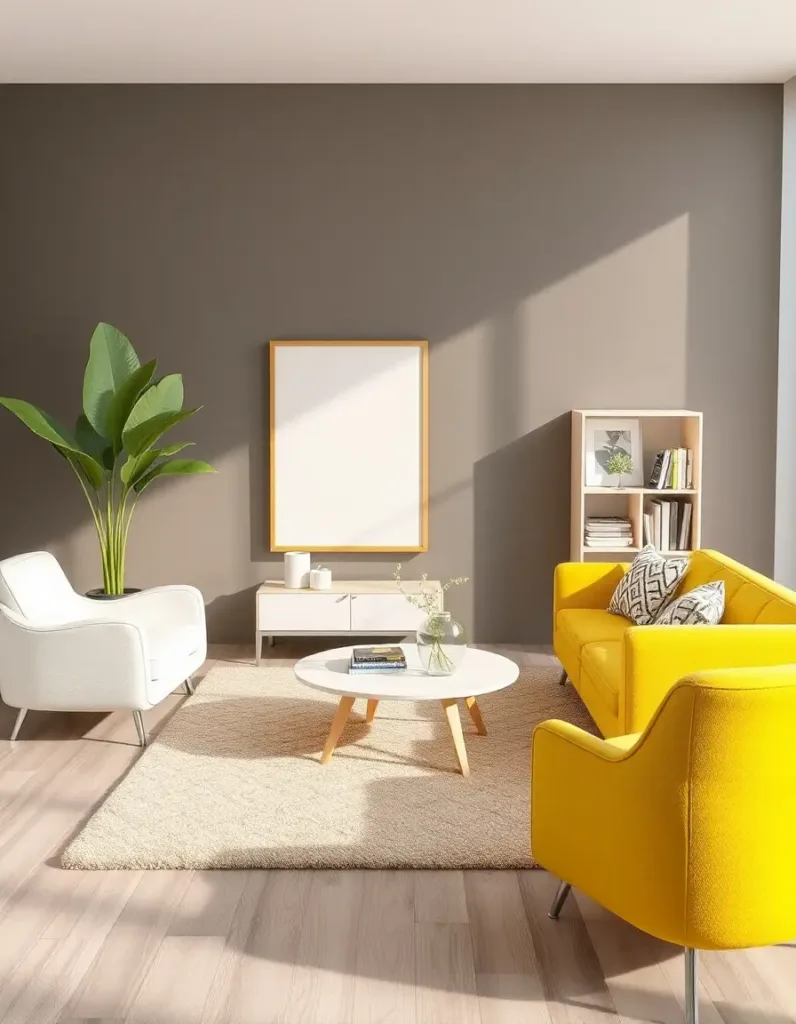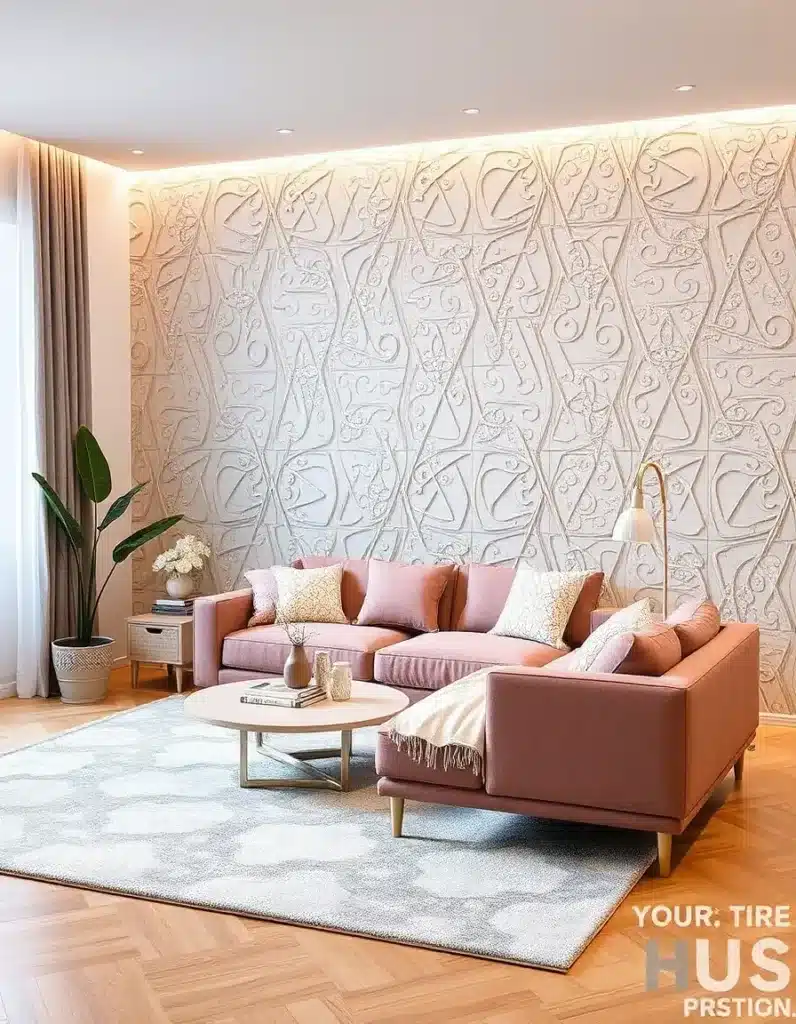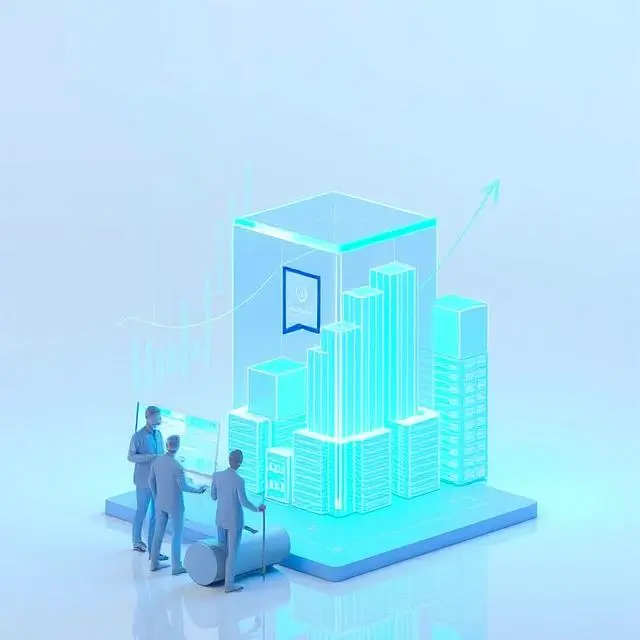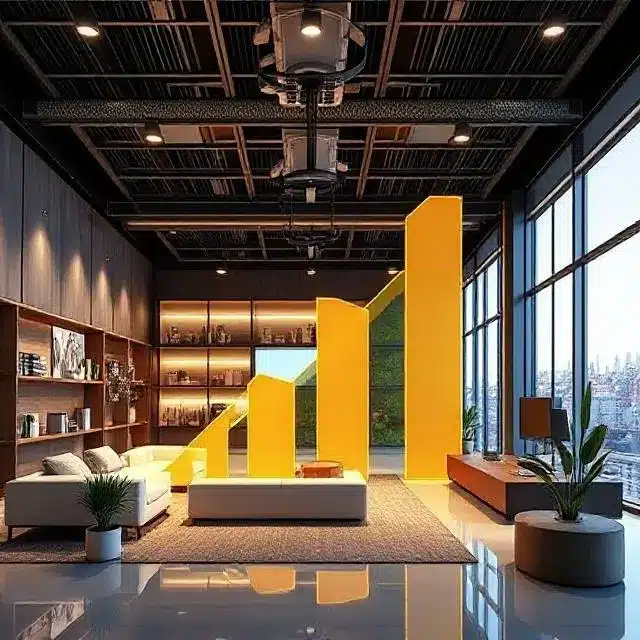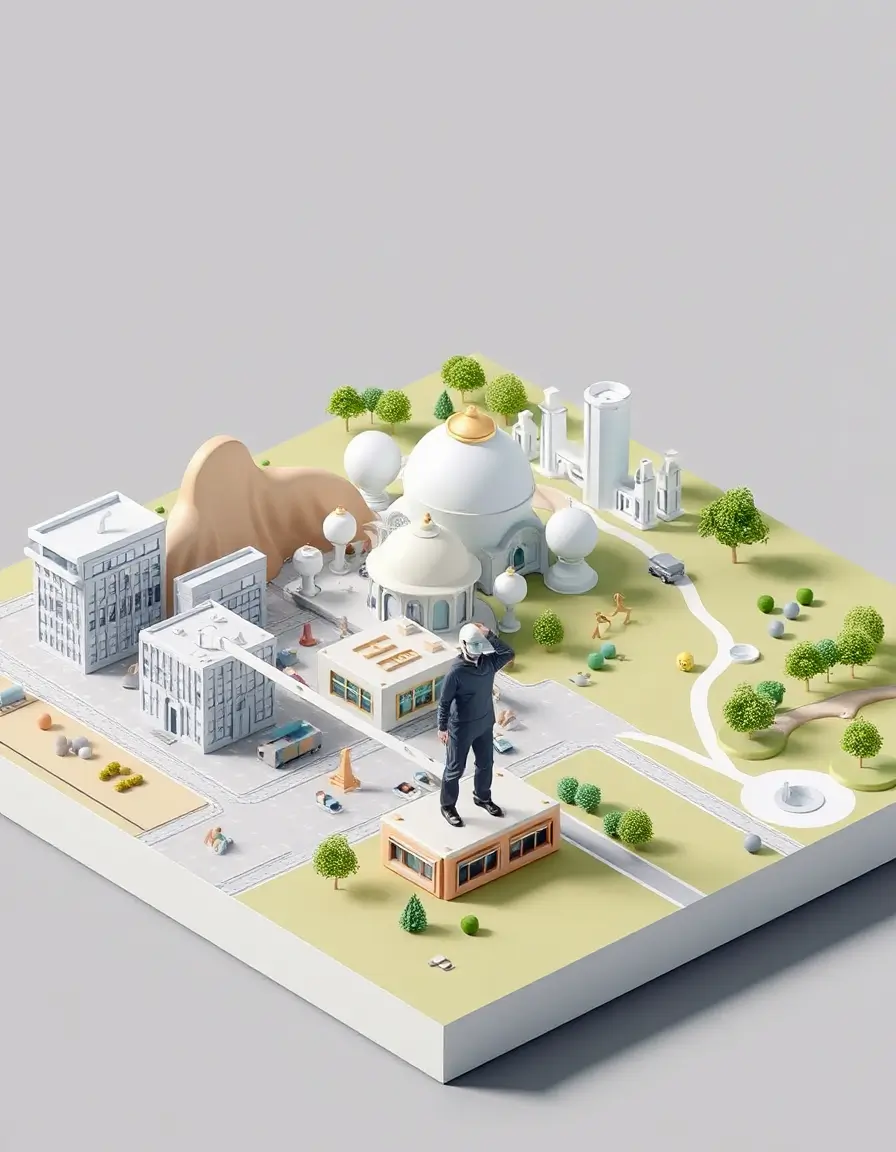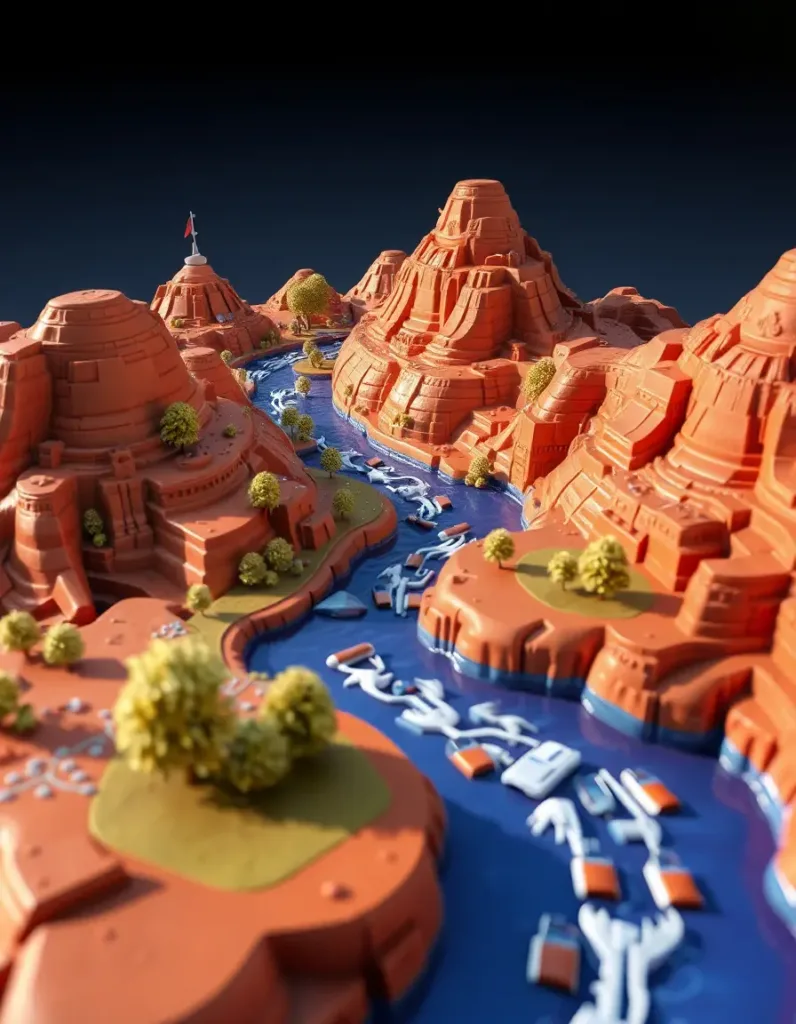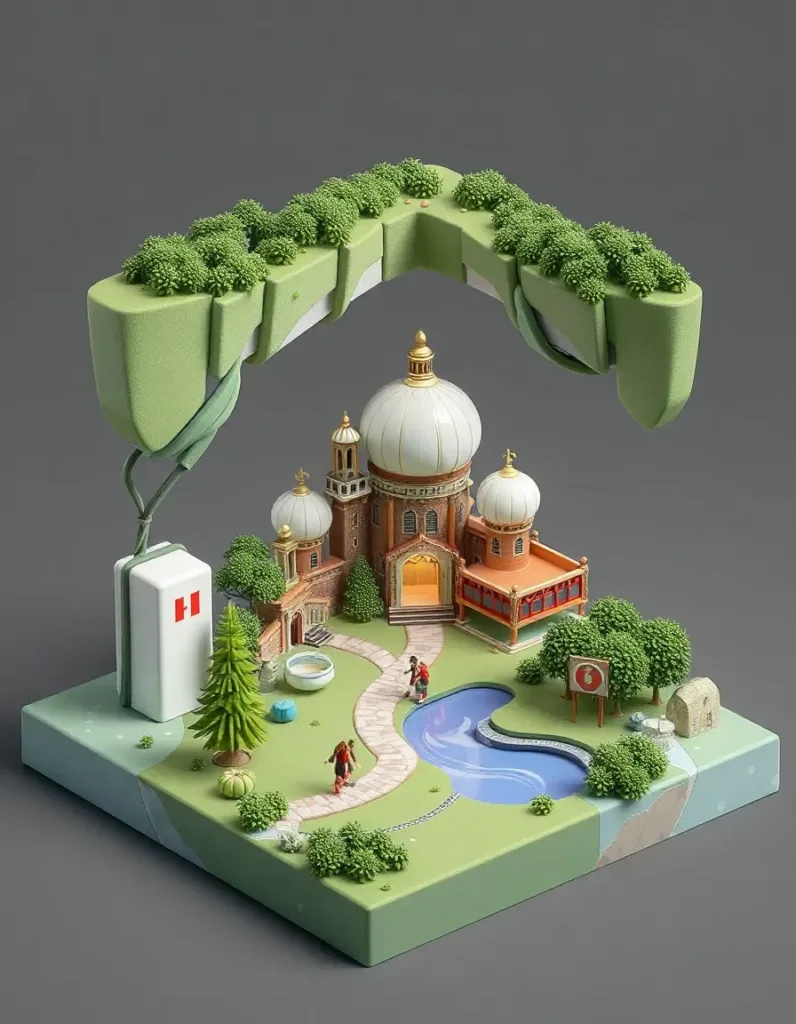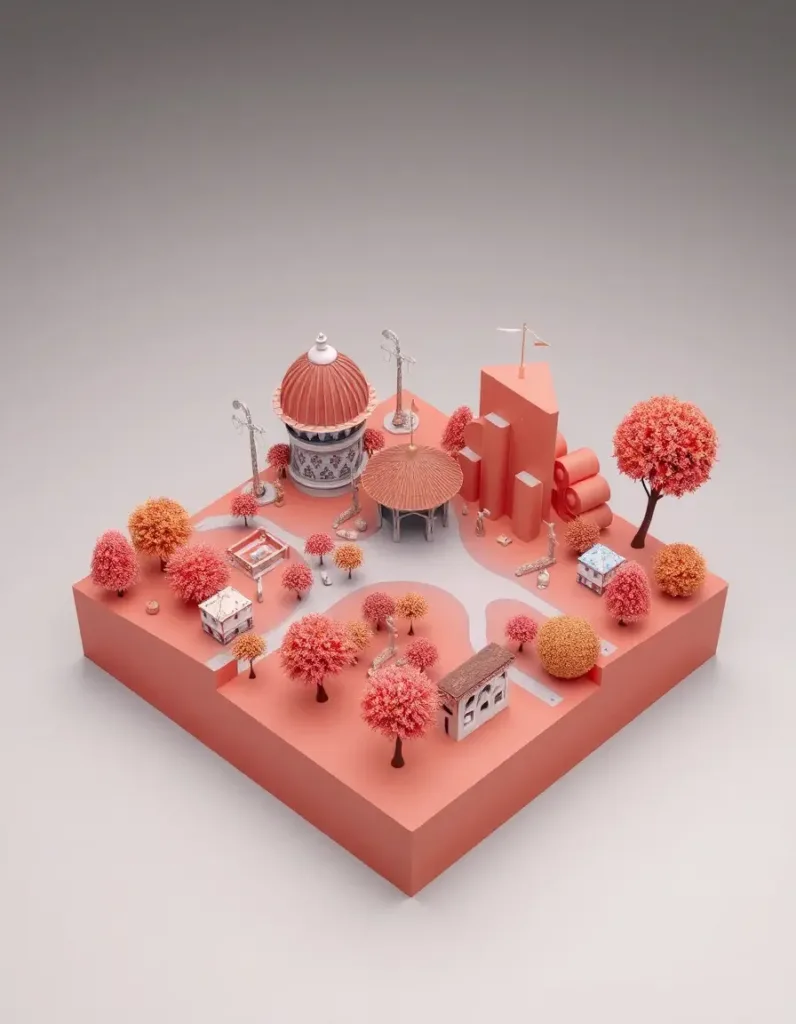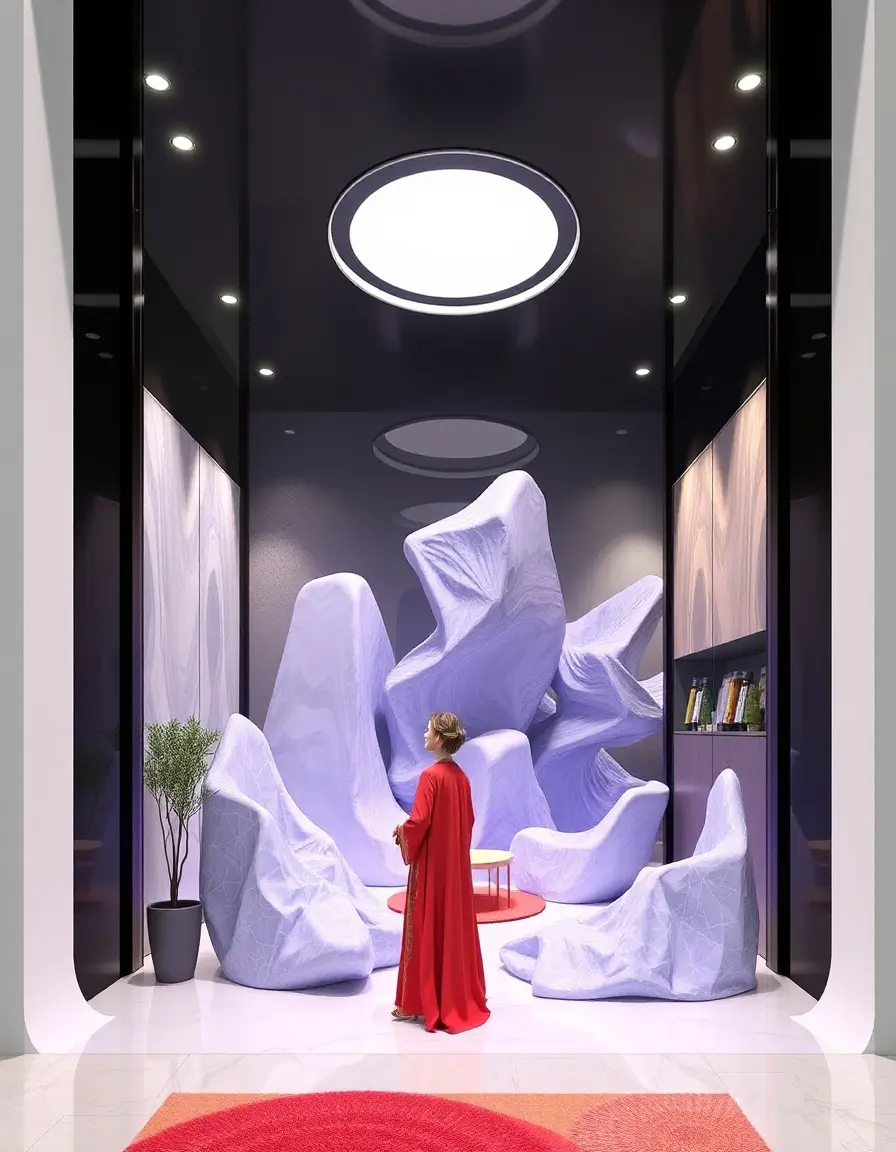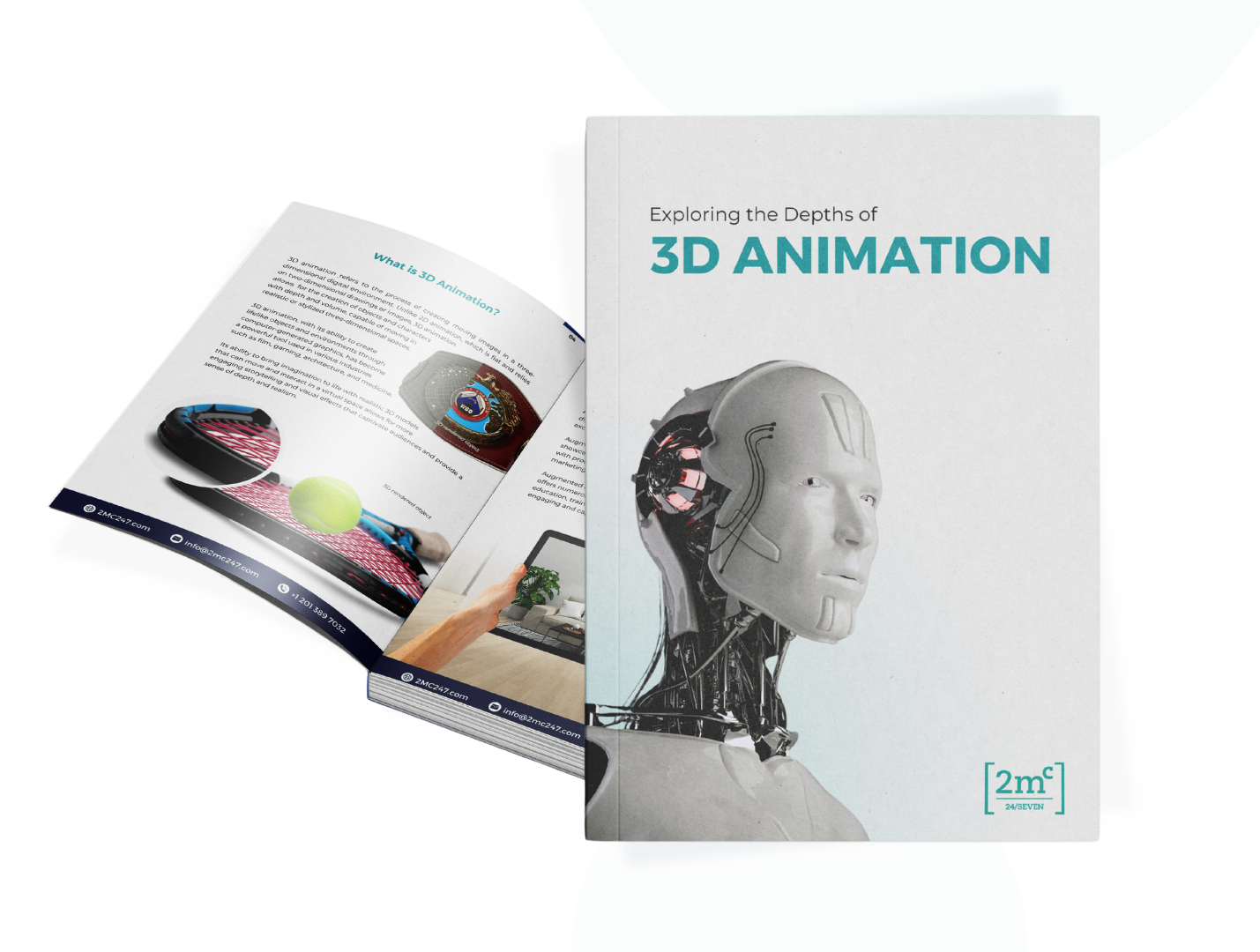3D technology is no longer just for movies and video games—it’s quickly becoming an integral part of how industries innovate and create. The advancements in 3D development happening today are setting the stage for an exciting future, where the impossible becomes possible, and creativity is unleashed in ways we’ve never seen before. From real-time rendering to AI-driven designs, the next big leap in 3D technology is already on the horizon, and it’s time to take a closer look at what’s coming next.
1. Real-Time 3D Rendering: The Future of Instant Creation
Real-time 3D rendering has been one of the most groundbreaking innovations in the world of design. Traditionally, designers had to wait hours or even days to see the results of their work after rendering, but now, with real-time technology, changes can be made on the fly, and results are seen immediately. This shift allows designers to make adjustments in real time, test different concepts, and fine-tune every detail with ease. Whether it’s for architecture, video games, or e-commerce, this technology is enabling faster, more efficient workflows and a more interactive approach to design.
2. AI-Powered 3D Modeling: A Designer’s New Best Friend
Artificial intelligence is transforming the creative process in 3D design. AI-powered tools are now able to automate tedious tasks like texturing, lighting, and even modeling, helping designers save time and effort. These tools can also analyze patterns and predict design flaws, ensuring a higher level of accuracy in the final product. What’s more, AI can help create dynamic, customizable 3D models based on user preferences, opening up a world of possibilities for personalized experiences in industries like fashion, retail, and even healthcare.
3. The Integration of 3D with Virtual and Augmented Reality
Virtual reality (VR) and augmented reality (AR) are enhancing the way we experience 3D designs. In the near future, 3D creations will no longer just be viewed on a screen—they’ll be experienced in immersive, interactive environments. Imagine walking through a 3D model of a new home before it’s even built, or trying on clothes virtually using AR. This level of immersion will revolutionize industries like retail, architecture, and education, giving customers and clients the ability to interact with designs in ways that were once unimaginable.
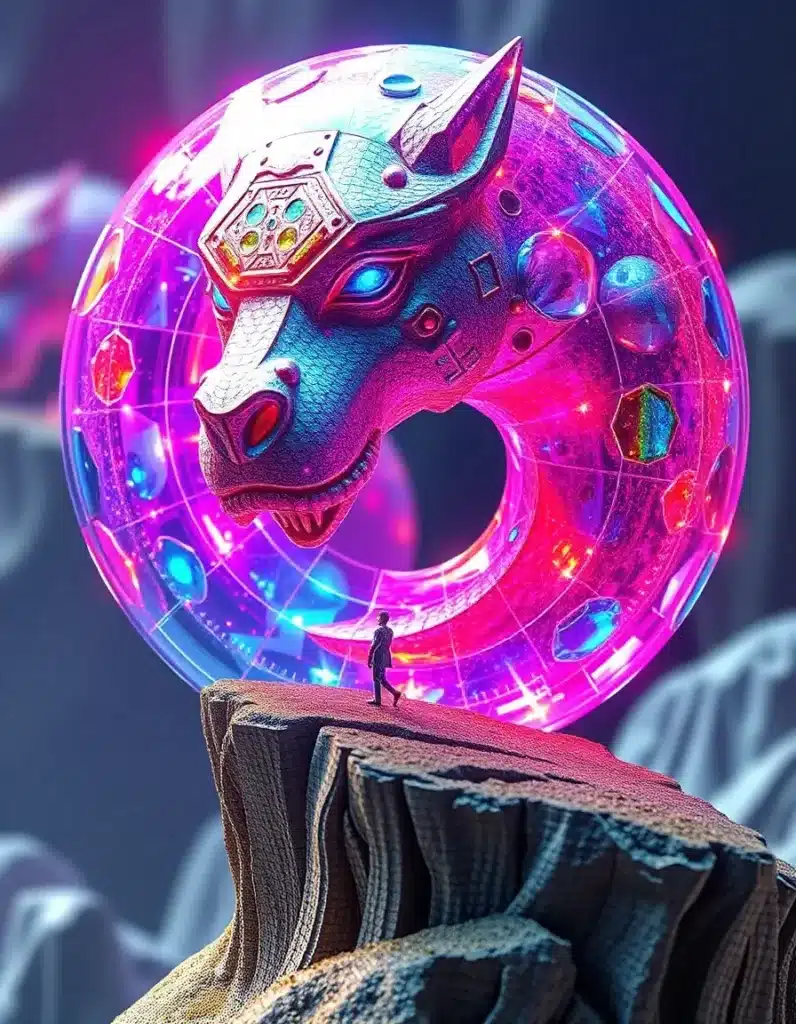
4. 3D Printing: From Digital to Physical
3D printing continues to evolve, and it’s no longer just about creating prototypes. With advancements in materials and printing technology, 3D printing is now being used to produce end-use products, ranging from customized medical implants to automotive parts. The ability to create complex, tailored objects on demand is transforming manufacturing processes, reducing waste, and cutting costs. In the future, we may see 3D printing become a standard method for mass production, allowing companies to create highly personalized products at scale.
5. The Emergence of 3D Digital Twins
3D digital twins are becoming an essential tool for industries that require real-time monitoring and simulation. A digital twin is a virtual replica of a physical object, system, or even an entire city, and it allows for real-time tracking, analysis, and optimization. In the world of construction, digital twins can help visualize how a building will perform under various conditions before it’s even built. In healthcare, digital twins can simulate how a patient’s body will react to a treatment, improving outcomes. The potential for digital twins is limitless, with applications across manufacturing, smart cities, and beyond.
6. The Future of 3D: A World of Infinite Possibilities
The innovations happening today are just the beginning. As 3D technology continues to evolve, we can expect even more incredible advancements that will continue to shape industries and enhance our daily lives. The integration of AI, VR, AR, 3D printing, and digital twins is paving the way for a future where the lines between the digital and physical worlds are increasingly blurred. The next big leap in 3D technology is upon us, and the possibilities are endless.
Ready to step into the future of 3D? 🚀 The next big leap in 3D technology is happening now, and it’s more exciting than ever. Whether you’re dreaming up something bold or bringing a big idea to life, there’s never been a better time to explore what 3D innovation can do. At 2MC 24/7, we’re already helping businesses bring their ideas to life with cutting-edge 3D solutions. Let’s make your next project a masterpiece—contact us today, and together we’ll create the future of 3D!
